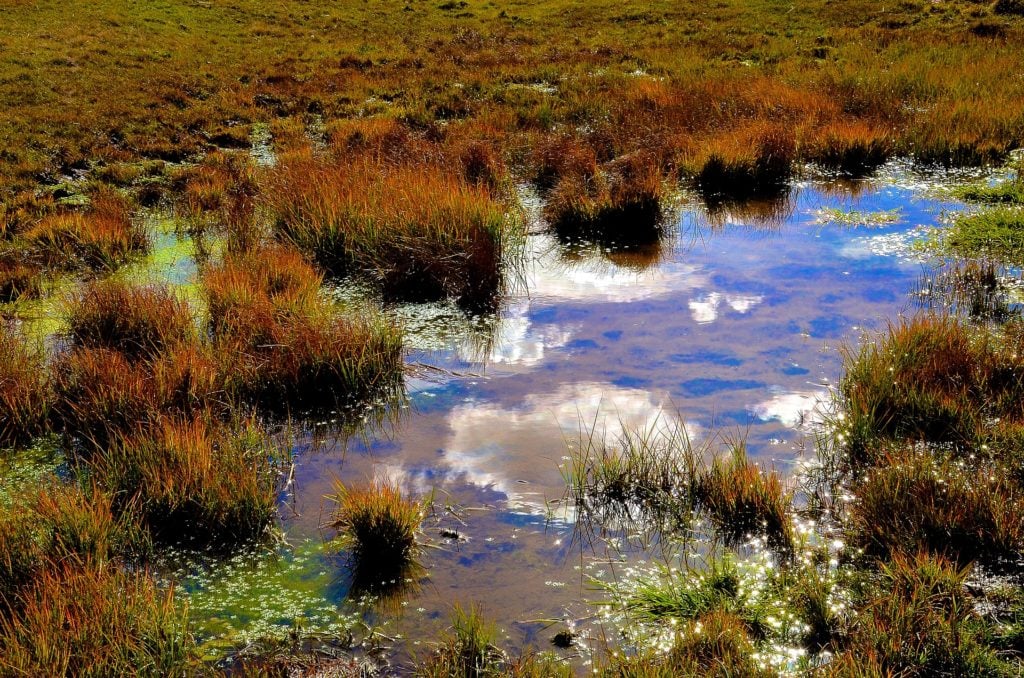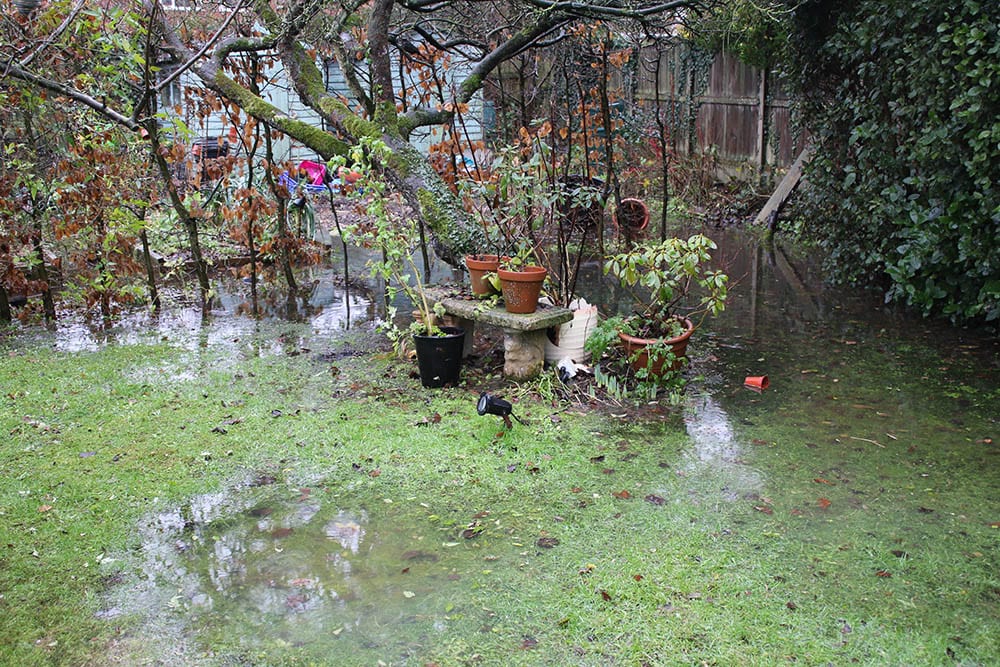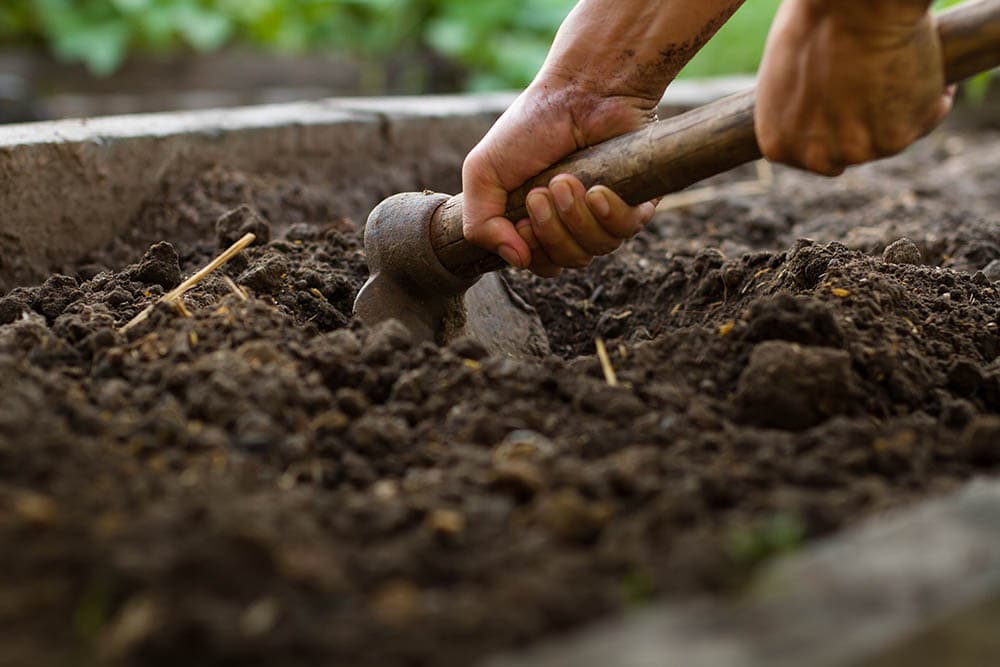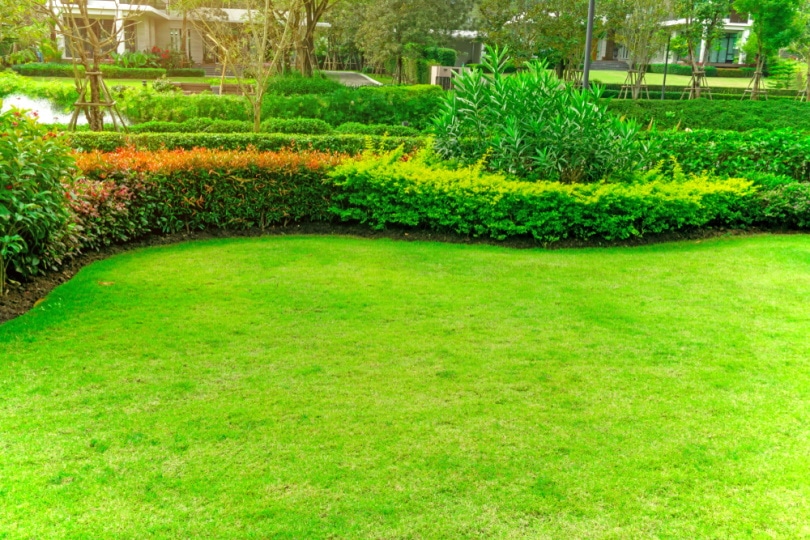How to Dry Up a Wet Yard Fast: 8 Tips & tricks
-
Pete Ortiz
- Last updated:

A wet yard can be an eyesore and can lead to the death of plants and grass. It can also be tracked into the house on boots and paws and, if not rectified, it can get into the house and potentially even cause damage to the structure of the building. There is no instant solution to a wet yard, and it will usually require that you first identify the cause of the problem before taking remedial action to correct it. Below are 8 methods to help you dry a wet yard as quickly as possible.
The 8 Tips & tricks On How to Dry Up a Wet Yard Fast
1. Identify the Problem
Before you can remedy the problem of a waterlogged lawn, you need to identify the cause of the problem. This could be anything from a sunken area of the lawn to a leaking water pipe. It could be that your drain pipe is leaking and pouring water out on a certain area of the garden that is unable to cope with the deluge. Look for the puddles of water and try to determine where the water is running from.
2. Look for Leaks
If you don’t see a problem above ground, the waterlogging could be caused by an underground problem. Specifically, your sodden lawn could be a result of a burst pipe underground. This is a likely cause of flooding if there are no obvious causes above ground and especially if there are no other changes in circumstances or conditions. If the problem is a burst waterline, you will need a plumber to come and fix the issue.

3. Fill Low Areas
If there is one area of the garden that is lower than the rest, water will pool in this area as it runs down from the higher areas. If it is a lawned area, this may mean removing an area of grass, filling it with earth and compacting it, and then replacing the lawn. Alternatively, use sand or gravel before covering with topsoil and then compacting the surface down.
4. Aerate Compacted Soil
If soil is tightly compacted, water cannot get through, or at least it can’t get through quickly enough to drain efficiently. You can aerate the soil by using an aerator or even a garden fork. Aerators are easier to use and require less effort. They are especially beneficial when you need to aerate a large area of ground. If you don’t own one, you should be able to rent one from a garden center. If it fixes the problem, aerating is probably the quickest and simplest solution to the problem.

5. Add a French Drain
If you have identified a downspout or drain pipe that is causing runoff of water to gather and create puddles or flooding, you can dig a drainage trench. Run the trench from the area where the water is gathering. Place a French drainage pipe in the trench and cover it in gravel. The water will pass through the gravel and the grate on top of the drainage pipe before running into the soil at the end of the trench. This takes a little longer than aerating but is a long-term solution.
6. Lay New Grass
Grass can absorb more than an inch of water a week, which makes it a great solution to mild flooding and puddling. If you have a patch of bare soil or flooding has killed off old and established grass, consider reseeding the area. As the seeds grow, they will absorb water and can help reduce the amount of water that collects in the area.

7. Hardscape the Area
Hardscaping means putting some form of hard surface down. It isn’t the cheapest option, and it won’t bring instant results because it takes time to plan and construct the space. In most cases, this means laying a patio, adding decking, or creating some other outdoor living space. The area needs to be carefully planned to ensure that water doesn’t just pool on the patio instead of on the soil it is replacing, but this solution can also provide you with more living space while also rectifying a sodden garden.
8. Create a Rain Garden
A rain garden essentially directs the water from the flooded area to a flower bed or a wild area of the garden. This area is usually planted with plants that benefit from lots of water. A rain garden uses drainage ditches and a lowered bed to create the desired effect. Again, it does take planning, and you won’t be able to create a rain garden in a single afternoon, but it is an environmentally beneficial choice and one that can bring new life to your garden.

Conclusion
A waterlogged garden or wet yard can be an eyesore, leads to dirt in the house, and may even damage the property itself. If appropriate, aerating a lawn or soiled area can be the quickest solution, but no single solution will fix all problems. You need to identify what is causing an area to become waterlogged before you can find the most appropriate solution.
Featured Image Credit: eg6da6, Pixabay
Contents


